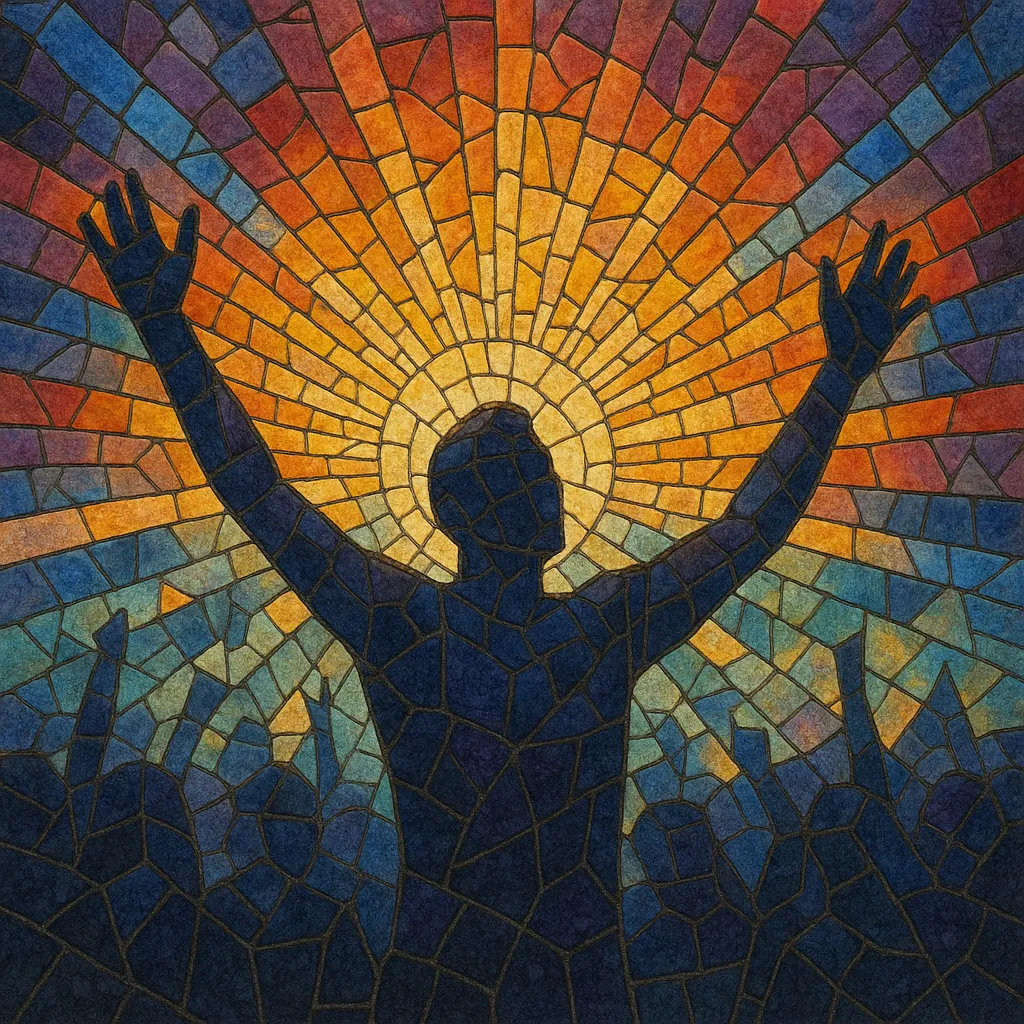
Euphoric hardstyle is a melodic, uplifting branch of hardstyle that emphasizes anthemic supersaw leads, emotional chord progressions, and sing-along vocals while retaining the genre’s trademark distorted, punchy kick at around 150 BPM.
It typically features long, trance-like breakdowns that build into powerful climaxes where pitched hardstyle kicks follow the lead’s melody, creating an ecstatic, festival-ready feel. Compared with rawstyle, euphoric hardstyle prioritizes warmth, harmony, and positive energy over aggression and dissonance.
Euphoric hardstyle emerged in the Netherlands as hardstyle itself began to branch in the mid–late 2000s. Early pioneers wove trance-inspired breakdowns and supersaw melodies into the harder edges of classic hardstyle, which had evolved from gabber, hard trance, and hard house. This shift introduced longer, more emotional build-ups and melodic climaxes while keeping the signature distorted kick and 150 BPM energy.
By the early 2010s, the scene recognized two clear currents: the darker, more abrasive rawstyle and the melody-forward euphoric sound. Artists like Headhunterz, Wildstylez, Noisecontrollers, Brennan Heart, Frontliner, and D-Block & S-te-Fan popularized anthemic structures, vocal hooks, and cinematic breakdowns. Major festivals (e.g., Defqon.1, Qlimax) amplified the style, and crossovers with mainstream EDM further cemented its identity.
Euphoric hardstyle refined its production: sophisticated kick design (EQ–distortion–EQ chains), precisely pitched tails matching chord tones, and layered supersaws with modern synths. Newer acts (Atmozfears, Audiotricz, Da Tweekaz, Code Black, Bass Modulators, Demi Kanon) pushed brighter timbres, pop-leaning toplines, and collaborative crossovers. The style influenced broader festival EDM aesthetics and inspired hybrid substyles like rawphoric and psystyle.
The genre remains a festival staple, balancing nostalgia for classic trance euphoria with cutting-edge sound design. It thrives on big hooks, emotive lyrics, and meticulously engineered kicks designed to translate powerfully on massive sound systems.

